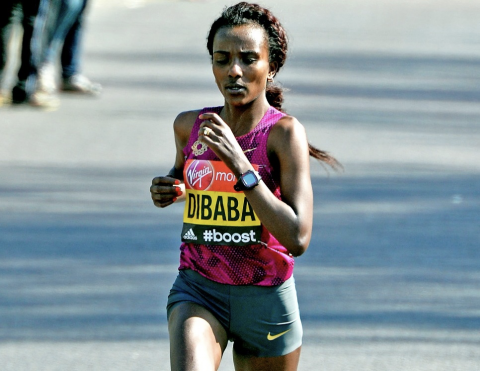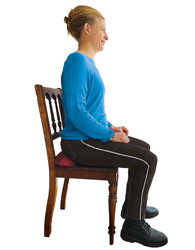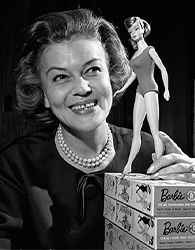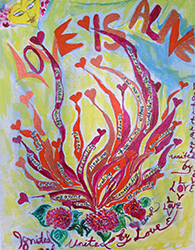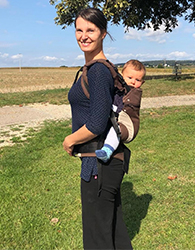Susan Taormina
April, 2021
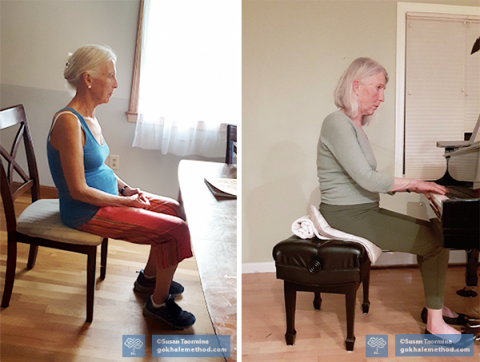
I am a 70-year-old woman. As a young woman I was tall (5’10"), slender, and active as I would ever be raising my six children.
For the most part, my body and I had a good relationship, but over time and with the demands of my life, something problematic happened. My body began talking to me: my knee, psoas, sacrum, and lower back hurt, and I also suffered a loss of balance. I mainly saw a chiropractor but also physical therapists, massage therapists, and acupuncturists…the list is long. When you want to function and feel halfway decent, you try everything. Read more



